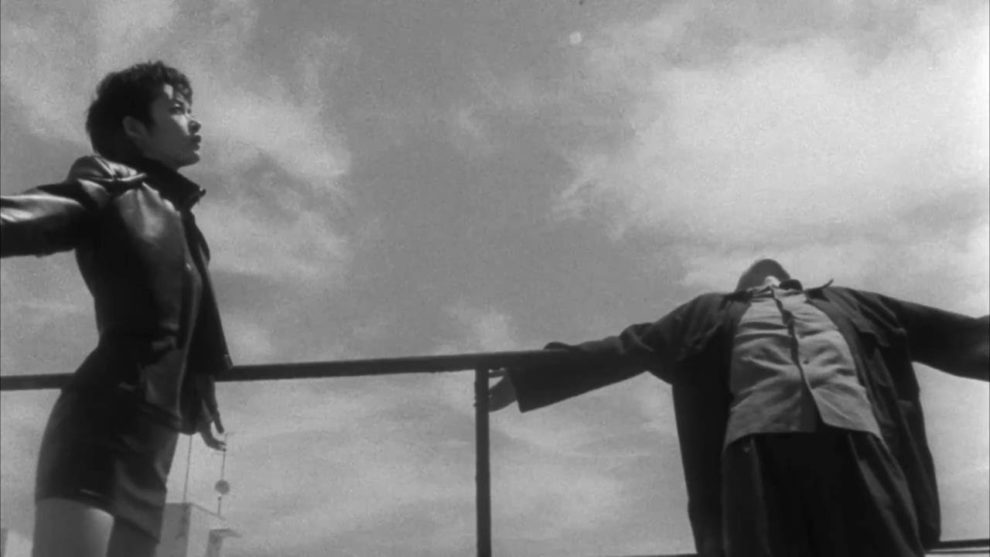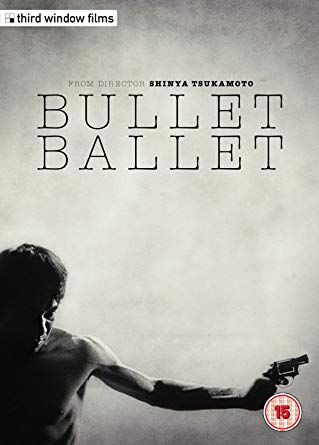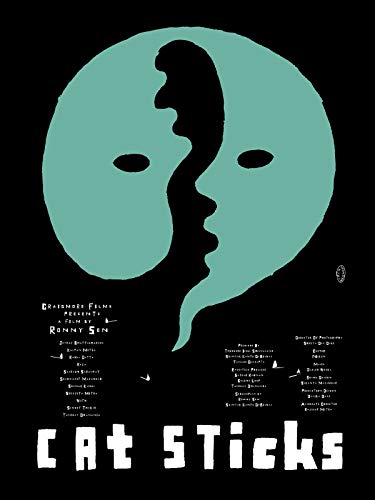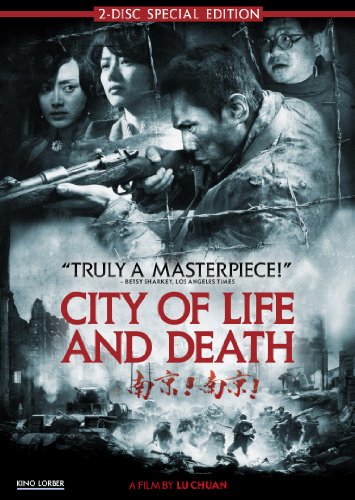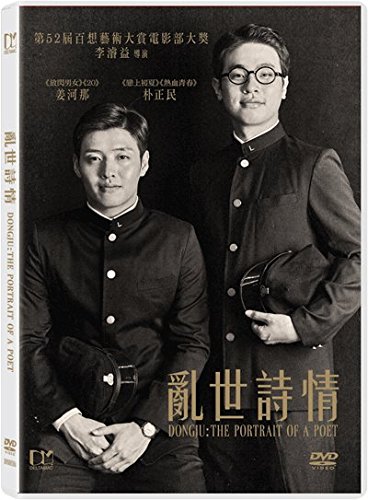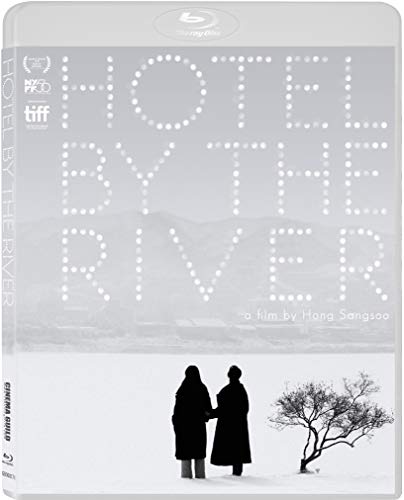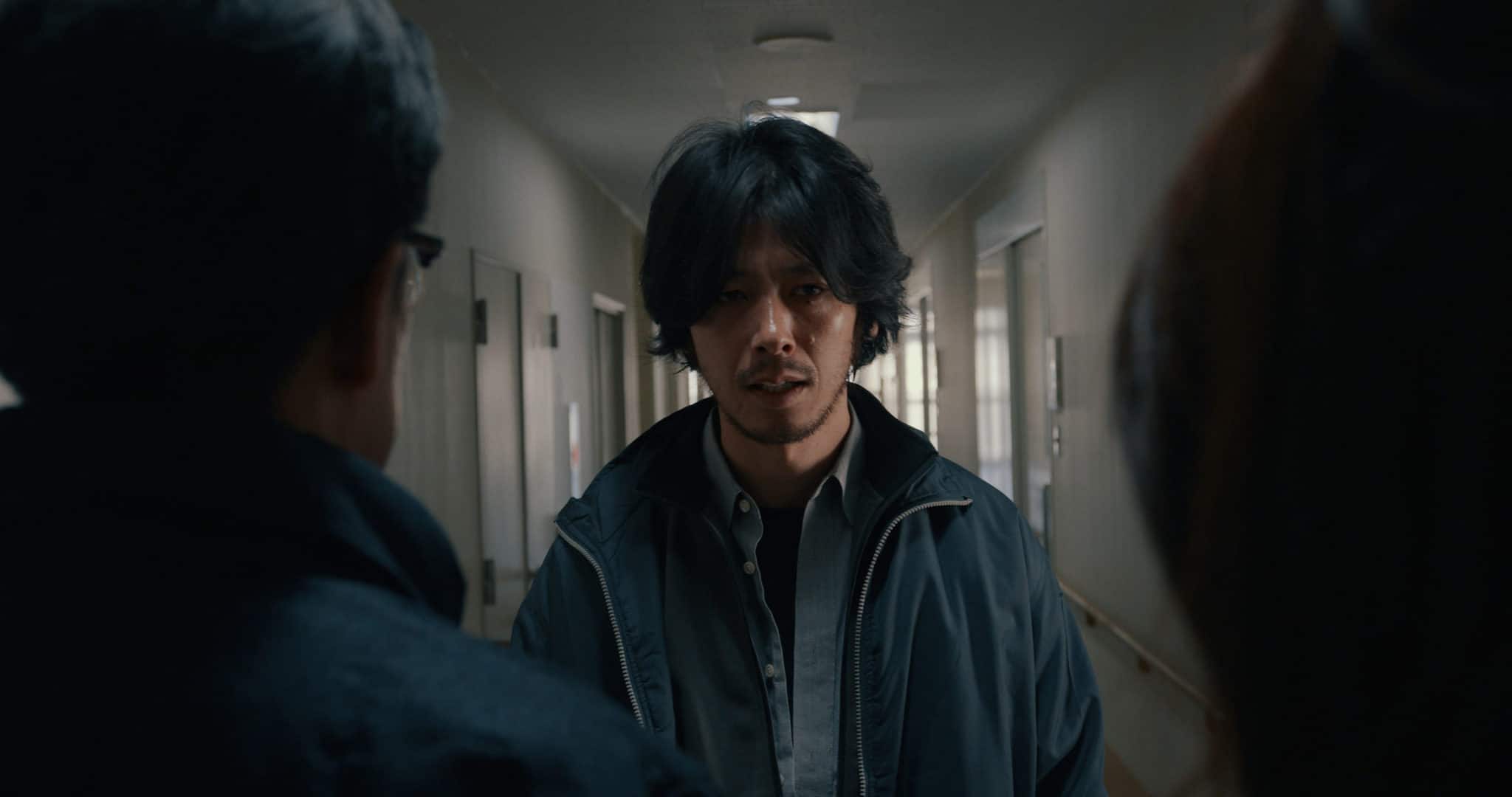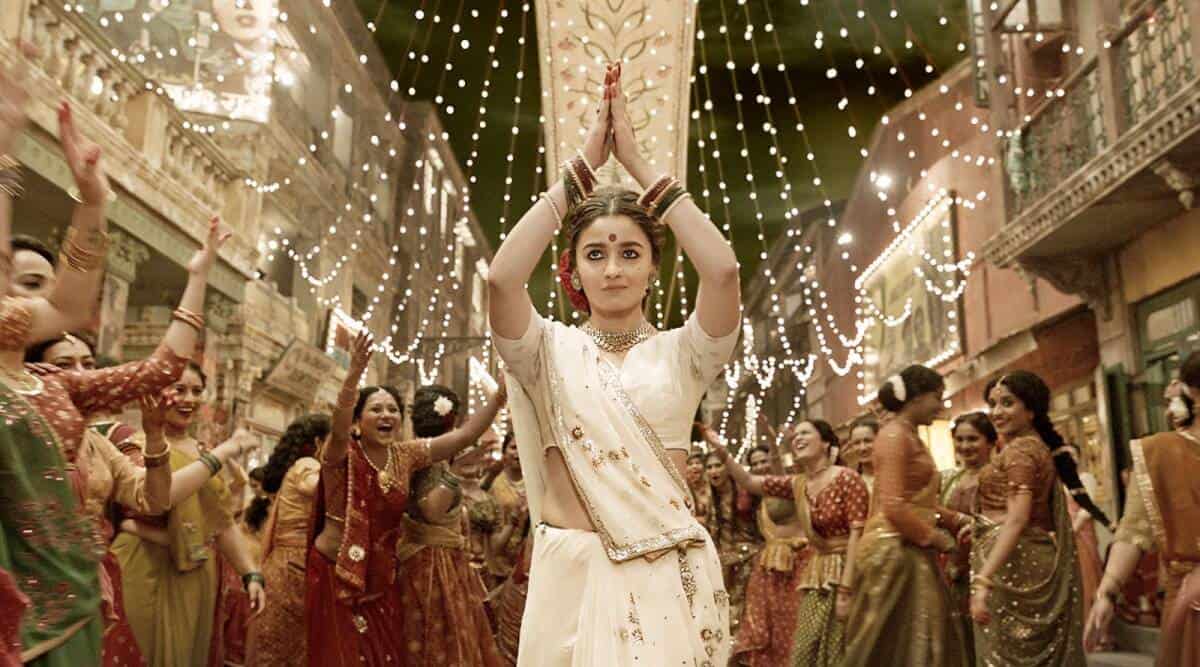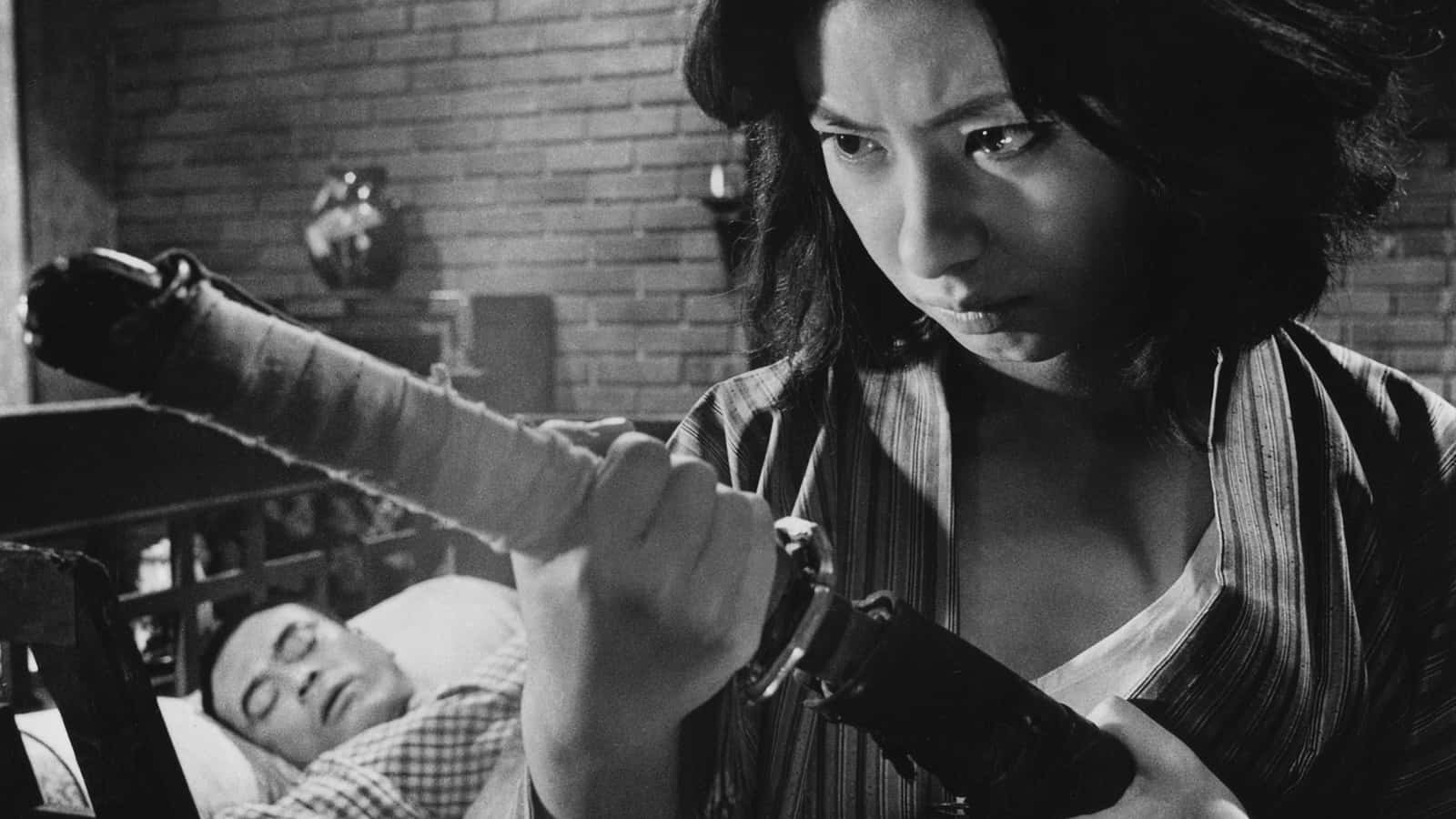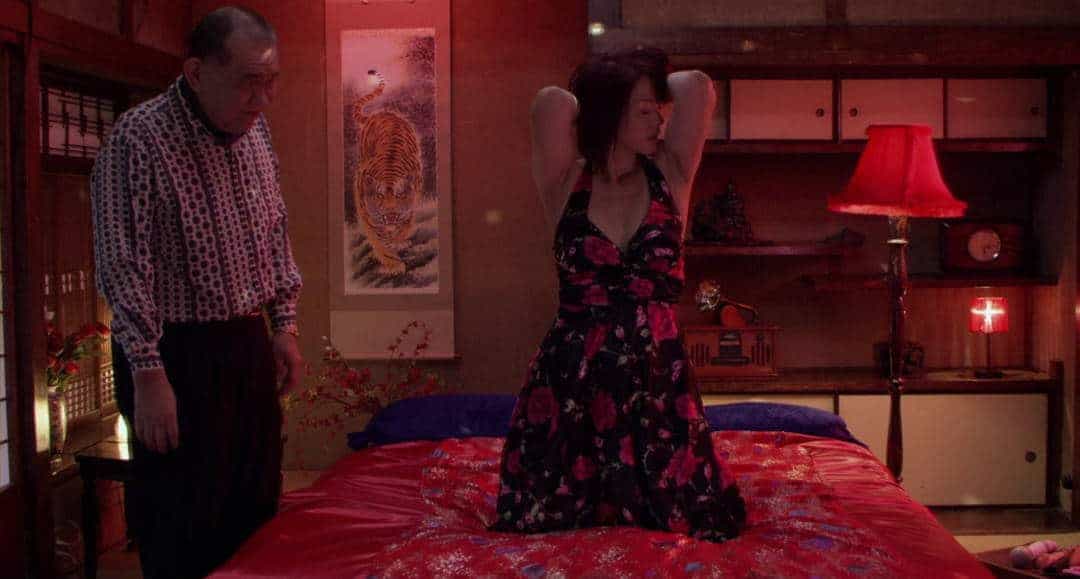The black-and-white film never actually died, with a plethora of filmmakers from all around the world occasionally choosing this format, sometimes due to financial reasons, sometimes as an artistic choice. The tendency has become more frequent during the latest years in Asia, through a number of movies that could only perceived as great.
With a focus on diversity on themes, directors and country of origin, here are 25 great films in black-and-white from Asia
1. A Quiet Dream (Zhang Lu, 2016, S. Korea)
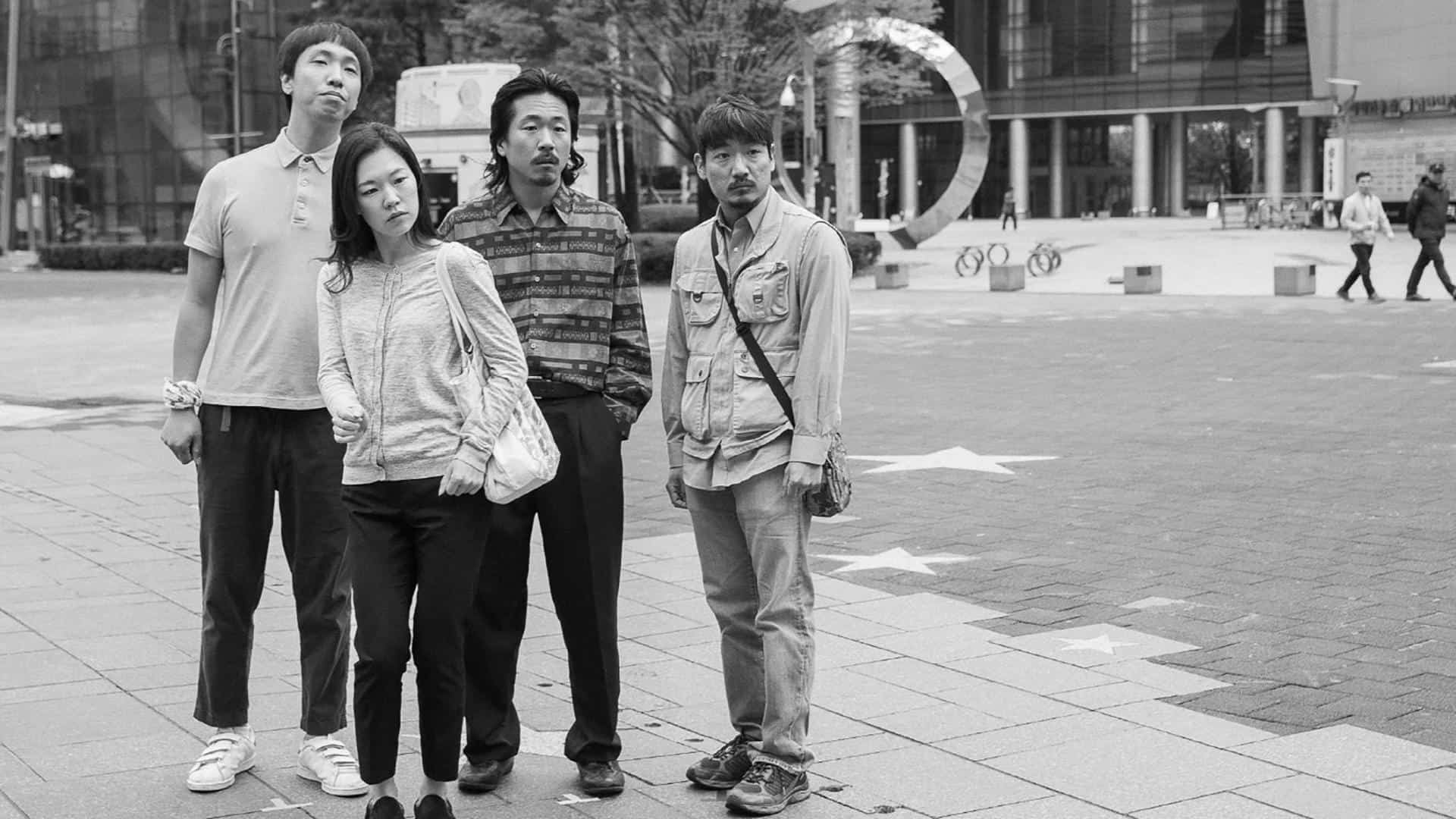
Zhang Lu directs and pens a distinct art-house film, whose aesthetics are eloquently described in its title, since there is almost no music, and there are a number of scenes that could pass as dreams, particularly the surrealistic ending sequence. Apart from this last aspect, though, the movie emits realism from every frame, since the circumstances of the neighborhood and the three characters that live in the borders of society definitely move towards this direction. This sense is heightened by Jo Young-jik's black-and-white cinematography, which fits the aesthetics of the film perfectly. (Panos Kotzathanasis)
2. A Resistance (Jo Min-ho, 2019, S. Korea)
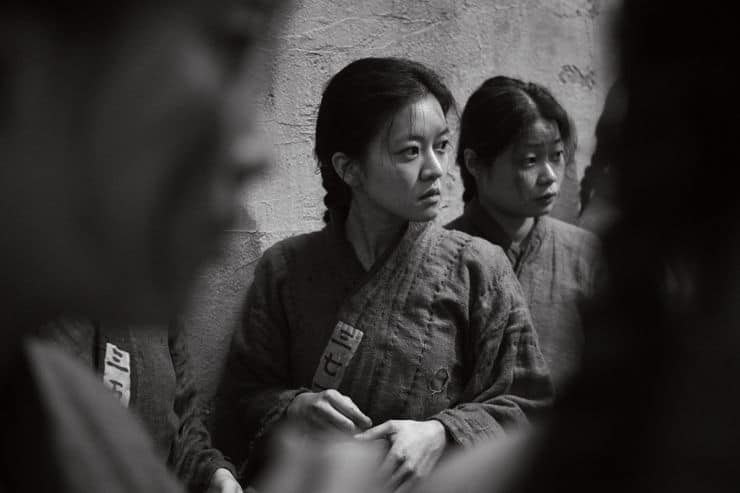
The real Yu Gwan-sun was buried at Itaewon cemetery post her death, but her grave is since considered to be “lost” when the site was redeveloped into an airfield. “A Resistance” tries to make sure that her story doesn't get lost in this modern, free world either and is a worthy ode, released on the 100th Anniversary of the March 1st Protests, to the teenager that died for the freedom of the nation. (Rhythm Zaveri)
3. Bullet Ballet (Shinya Tsukamoto, 1998, Japan)
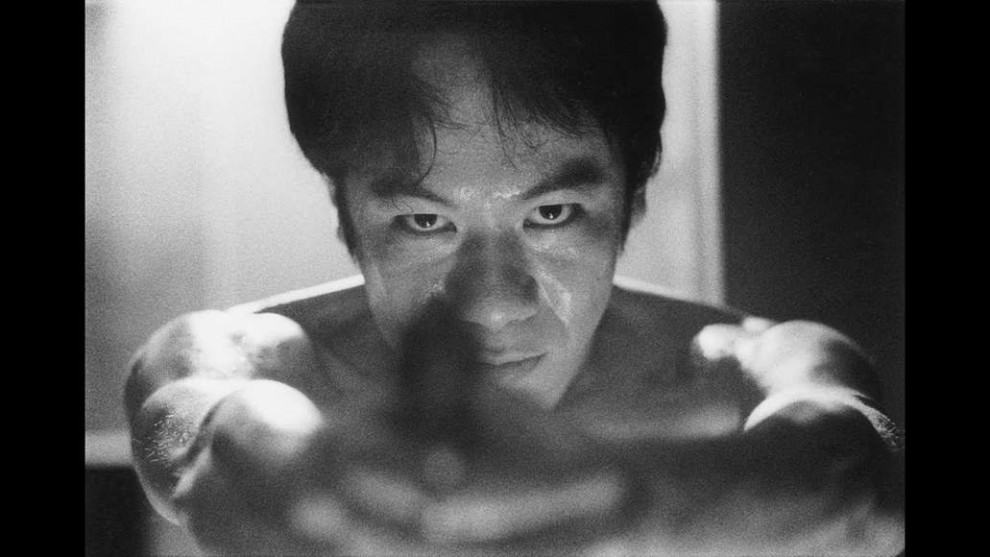
Ultimately, “Bullet Ballet” is a film portraying a culture of repression and violence, a foundation for apathy and feelings of helplessness. While its formal structure and the industrial score by Chui Ishikawa show the link of this work to, for example, “Tetsuo: The Iron Man”, “Bullet Ballet” has nothing of its freeing humor. Considering the condition it portrays, there is not reason to include any of it in the end since the loss of control inherent in every frame of this masterful film underlines the urgency of this director's observations and thoughts. (Rouven Linnarz)
Buy This Title
4. Cat Sticks (Ronny Sen, 2019, India)
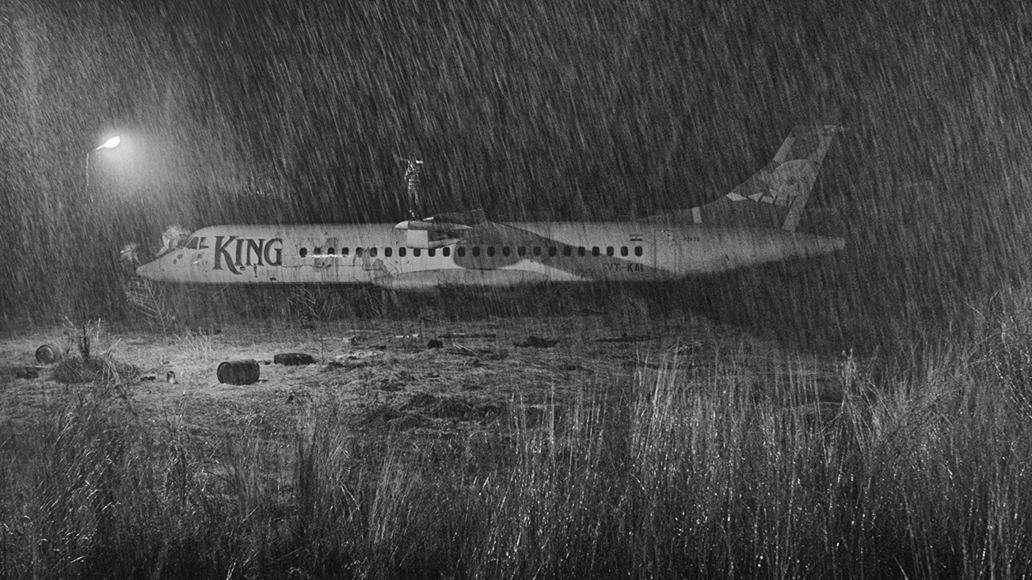
With a strong, yet fluid script Sen co-wrote with Soumyak Kanti DeBiswas and a cast perfectly blending both professionals and screen debutants, “Cat Sticks” is an inspired and assure debut, which might qualify it for an essential viewing on this year's festival circuit. (Marko Stojiljković)
Watch This Title
5. City of Life and Death (Lu Chuan, 2009, China)
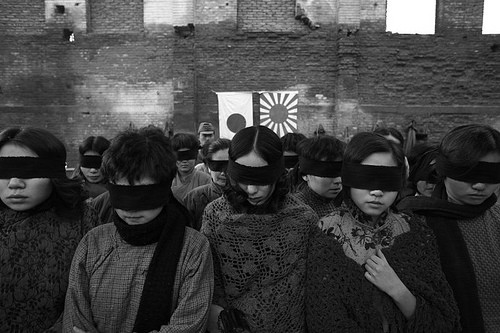
The direction and the overall style have a documentary feel that stresses the fact that Chuan Lu's purpose was not only to portray the atrocious acts in order to demonize the Japanese soldiers, but also to highlight the reasons that led them to become, in essence, animals. His approach, that presents the events through the eyes of members of both sides also moves in that directions (Panos Kotzathanasis)
Buy This Title
6. Dongju: The Portrait of a Poet (Lee Joon-ik, 2016, S. Korea)

Lee Joon-ik directs a film that moves in two axes. The first one is in the present, when Yun Dong-ju is interrogated by the Japanese, regarding his and Song Mong-kyu's actions. The second axis unfolds in the past, as it describes the events that led to their arrest. In an elaborate practice, the two axes mirror each other, with the past one appearing according to the questions of the interrogation. Furthermore, Yun's poems, most of which are autobiographical, are also narrated according to the corresponding event appearing on screen. The synchronisation of all the above is one of the film's biggest traits and finds its apogee in a sequence during the end, where scenes of both Yun and Song alternate in magnificent fashion. Consequently, the editing is masterful, despite the difficulty the narration presented. (Panos Kotzathanasis)
Buy This Title
7. Electric Dragon 80000V (Sogo Ishii, 2001, Japan)
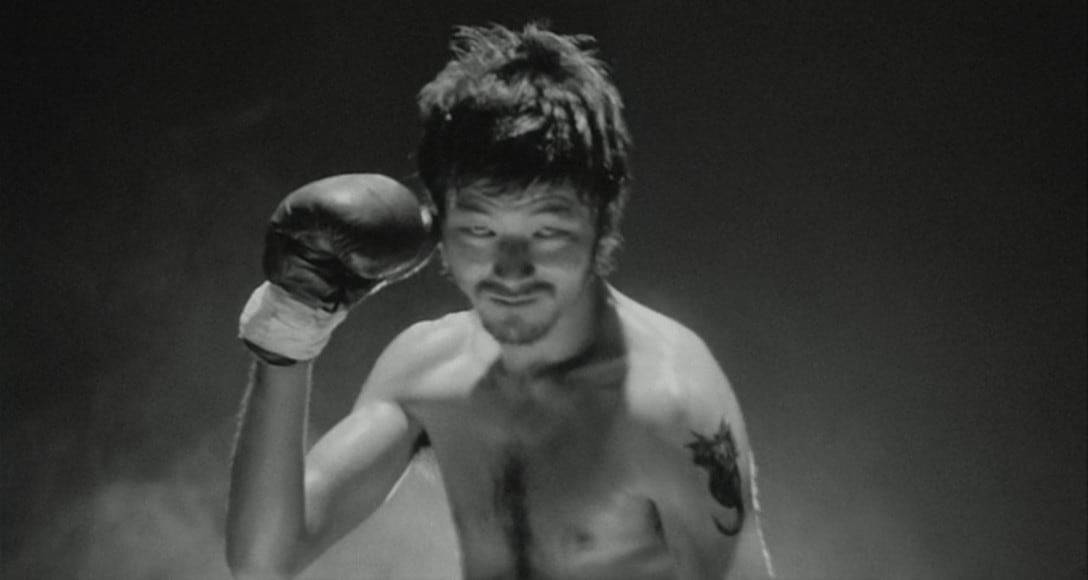
However, Ishii's focus within the genre seems more geared towards style, making works like “Electric Dragon” a meditation on all things that are ‘cool' about the genre. Where Tsukamoto's work begs for contemplation and reflection, Ishii offers up a break-neck dive into stylized chaos in the genre. As an overarching opinion, I can best summarize Electric Dragon as ‘bad***' and it will be that way for decades to come, making it an ideal film to revisit. (Adam Symchuk)
Buy This Title
8. Hotel by the River (Hong Sang-soo, 2018, S. Korea)
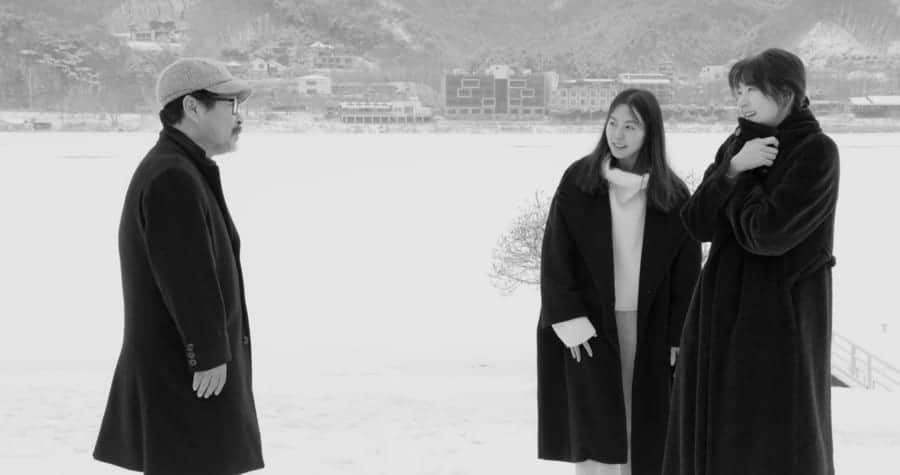
“Hotel by the River” does nothing new for the audience who have not warmed up to Hong's oeuvre of conversations, drinks and relationships. It is not necessarily an ideal entry point for someone who is not familiar with his very distinctive style of cinema either, since his strength lies in his play with the narratives, which is pretty straightforward here. But those who are familiar with and love his body of work cannot help but be swept away by its black-and-white wintery charms. (Rhythm Zaveri)
Buy This Title
9. Jiseul (O Muel, 2012, S. Korea)

O Muel, a Jeju local himself, used mostly non-professional actors from the island for the cast, who actually speak a different language than the soldiers, who use the “Seoul” dialect. Furthermore, jiseul is a word specific to the island meaning potato, whose farming has a significant part in the narrative. This approach succeeds in two fronts: as a tribute to the locals lost in the incident, and in the utterly realistic presentation of both the area and its inhabitants. The second aspect extends to the ways of the locals, which are actually very similar to those of every small (and secluded) society, including an intense sense of comradeship, but also extreme gossip and quite crude humor, mostly focusing on mocking. The acting part also moves towards this direction. (Panos Kotzathanasis)
Buy This Title
10. Kalel, 15 (Jun Robles Lana, 2019, Philippines)

Jun Robles Lana has shot the film based on his own script, and it's an accomplished piece of writing with very little to complain about, except that the bridge between the dysfunctional family members is built only half-way. Strangely enough, film's narrative doesn't get damaged and the holes are being patched by the interesting framing and excellent ensemble cast, particularly concerning the choice of Elijah Canlas for the titular role. (Marina Richter)


